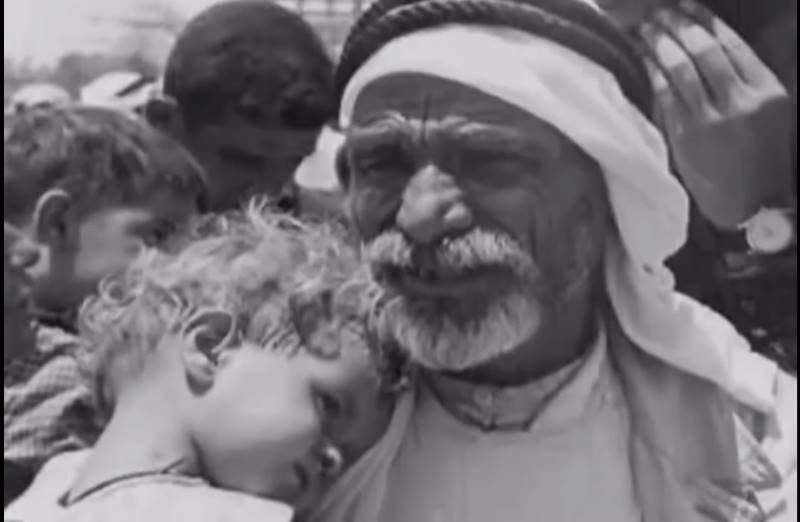
So it was that almost 70 years ago-70 years before a besieged Gaza organized the "Great March of Return"; 70 years before participants in the march fell to Israeli sniper fire -- a future prime minister of Israel ordered his soldiers to shoot at any Palestinians who tried to return to their homes.
A year of Deir Yassins
For people concerned about Palestine, the 70th anniversary of 1948 is an important time to reflect. The devastation produced too many grim landmarks to commemorate them all -- hundreds of villages destroyed, hundreds of thousands of people driven from their lands. Yet some dates stand out. One is today. What happened in the Palestinian village of Deir Yassin on April 9, 1948, was the most infamous massacre of the war. Members of two right-wing Zionist militias, the Irgun and the Stern Gang, entered the village around dawn. They proceeded to carry out a massacre which they themselves then helped to publicize. Panic, they apparently judged, would be a useful force in clearing Palestine of its population.
Memories of Deir Yassin need to be kept alive. But it was no isolated incident. I want to connect it with Rabin's live-fire order of July 19 for two reasons. First, because it's past time to pop the bubble of liberal Zionist sensitivities. Yes, the legacy of 1948 is one of open brutality, as at Deir Yassin; but it's also one of forgotten atrocities -- of massacres denied, dismissed, covered up. Our memories of each need to intermingle. Palestinians were forced into Gaza, for example, mainly through the decisions of labor Zionist leaders. There's no Zionist golden age to return to.
The second reason I mention Rabin's order is to draw attention to some of the soldiers who received it. This brings us to a point where Jewish communities in the West are behind even Israel in grappling with the legacy of 1948. Among those operating under Rabin's order was a unit in the Israeli army's 82nd Tank Battalion known as the "English company." It was one of many Zionist units deployed in 1948 Palestine with soldiers from the West -- with veterans of the armies of the United States and Canada, of South Africa and Britain. These English-speaking members of the Zionist armed forces ranked among a larger number of "volunteers from abroad," or Mahal (from the Hebrew Mitnadvay Hutz La'aretz). They were the Anglo-Saxim, Hebrew for Anglo-Saxons.
Under Rabin's orders, the "English company" manned some of the first tanks acquired by the Israeli army. And these Anglo-Saxim were not alone. Western recruits filled specialist and command posts throughout the nascent Israel Defense Forces (IDF), and they virtually founded the Israeli Air Force (IAF). Over the past seven decades, the "diaspora" Zionism that saw these combatants recruited, dispatched, and paid from their home countries has risen to prominence within the Western Jewish mainstream. This makes it the responsibility of the Jewish community as a whole -- and Western civil society more generally, since many of the recruits were not Jewish -- to grapple with their legacy.
It is a legacy of soldiers implicated in all aspects of the 1948 war.
This meant expelling Palestinians; also, the earth is round
If a discussion of this history can be forced, it will be difficult for liberal supporters of Israel to respond. The 21st century has not been kind to liberal Zionist myths.
For decades after 1948, liberal opinion in the West treated the Palestinian experience as Arab propaganda. Expulsions? No! The Palestinians left their homes and properties, so the propaganda went, because they were ordered to do so by Arab radio broadcasts, the better for Arab armies to invade the newborn Jewish state and sweep the Jews into the sea. What the myth-makers lacked in evidence they made up for in persistence. Last month, a 61-year old Californian man rocketed himself into the sky on a mission to prove, in 2018, that the earth is flat. He still comes off better than the peddlers of the Arab-broadcasts myth. As David Hirst wrote Zionist propagandists clung to this lie "with all the perversity of flat-earthers but none of their innocent eccentricity.
By involving themselves in the Zionist war effort, the Zionist movements of the Western countries, and the combatants they dispatched, involved themselves in the expulsion of Palestinians. This should be impossible to deny. Still, some try. So it may make sense to look at where liberal Zionist denial of reality stands before turning to the war record of the Anglo-Saxim.
One of liberal Zionism's greatest surviving defenders is Anita Shapira. Now a professor emeritus at Tel Aviv University and the founder of the Yitzhak Rabin Center for Israel Studies, Shapira stands as Israel's leading historian of Labor Zionism. An article of hers first published in autumn 2000 -- just as occupied Palestine rose up in the Second Intifada -- illustrates the 21st century challenge of balancing liberal Zionism with a semblance of credibility.
The article is entitled "Hirbet Hizah: Between Remembrance and Forgetting." In it, Shapira wrestles with a problem. Israeli documents tend to confirm what Palestinians have been saying all along: that Israeli forces expelled them in 1948. How, then, to prevent criticism of Israel from gaining momentum? Shapira brings in a new argument. She asks: isn't this old news? Israeli democracy had a lively discussion of the morality of expelling Palestinians, she assures us. Israel can't be faulted for denial.
"The expulsion has never been a secret." So we learn from Shapira, a half-century of denial later. To make the case, she focuses on a Hebrew novel published in 1949, Hirbet Hizah (for those who are interested, it's published in English with a different transliteration, Khirbet Khizeh). She doesn't cite its strongest passages. But she's right that it contains honest reflection. The novelist, S. Yizhar, uses the name of a fictionalized Palestinian village to bring together realities of expulsion and settlement. Quoting the novel:
"Our very own Khirbet Khizeh. Questions of housing, and problems of absorption. And hooray, we'd house and absorb - and how! We'd open a cooperative store, establish a school, maybe even a synagogue. There would be political parties here. They'd debate all sorts of things. They would plow fields, and sow, and reap, and do great things. Long live Hebrew Khizeh! Who, then, would ever imagine that once there had been some Khirbet Khizeh that we emptied out and took for ourselves. We came, we shot, we burned; we blew up, expelled, drove off, and sent into exile.In an odd twist, Shapira tries to build up early confessions as a belated defense. She argues that Israel's critics have discovered nothing new: "a society, like Israel's, that has included 'The Story of Hirbet Hizah' in its high school syllabi for several decades cannot be accused of trying to jettison and submerge the traumas of 1948." On the other hand, old habits die hard.
What in God's name were we doing in this place!"
And so come the denials. We can set aside, with exasperation or amusement, a half-hearted effort that Shapira makes to resuscitate the "Arab-leaders-told-Palestinians-to-leave" myth. More relevant for our purposes is where she looks to establish that expulsions didn't take place across the country. She finds a noble officer in Moshe Carmel, the first head of the IDF's Northern Command. Shapira argues that Carmel was well placed to fight for Israeli "purity of memory," because at least "the northern area under his command did not pursue a policy of expelling Arabs."
Which brings us back to the Anglo-Saxim.
"Anglo-Saxon knowhow on the northern front"
One of the U.S. army veterans who fought for the Zionists in Palestine was Lester Gorn. On the tenth anniversary of the 1948 war, he published a book about his and his comrades' adventure entitled The Anglo-Saxons: A Historical Novel of Israel's War of Independence. It's historical fiction, a celebratory account. But it contains more than a few hints of actual history. As Gorn writes, the IDF deployed a significant number of Western recruits in northern Palestine, where they served under Moshe Carmel's command. This is how Gorn puts it: "Anglo-Saxon knowhow was needed most on the northern front."
It's worth pausing a moment to consider the description of these recruits as "Anglo-Saxon." It's true that some of them weren't Jews. In a news clipping tucked away in the Central Zionist Archives in Jerusalem, a British Christian who joined the Zionist forces, Tom Bowden, explains his attraction to the Zionists. "They were like Wild West settlers and I loved their history," he said. But most of the recruits were Jewish. Yet on the new frontier, intra-Jewish racism flourished.
Ella Shohat notes the irony that the Ostjuden of Europe -- the East European Jews, historically looked down upon by the communities of the West -- created in Palestine their own "Ostjuden," the Mizrahi or Eastern Jews. Anglo-Saxim could carry a sense of superiority towards them all. A telling anecdote from 1948 Palestine is recorded by the Canadian (and on this issue, orthodox Zionist) historian David Bercuson. In early May, two North American recruits arrived in Palestine ready to fight. One came from Montreal, the other from New York. As their plane touched down on coastal lands freshly cleansed of Palestinians, the recruits spotted a dark-skinned man. The Montrealer pointed his pistol at the "dark man" and "almost pulled the trigger," Bercuson writes, before hesitating a moment. "The man turned out to be a Yemenite Jew."
Palestinians were not always accorded such Western grace. A full summary of the recruits' war record is for another place. There were a few thousand of them, mostly peppered throughout the Zionist forces as individuals or in small groups. In the IDF ground forces, there was one main exception to the rule of scattered deployment. It was on Moshe Carmel's northern front.
By the autumn of 1948, about three hundred English-speaking World War II veterans were clustered together in the north in the IDF's 7th Armored Brigade. The unit was instrumental in conquering the Upper Galilee. Nafez Nazzal, the leading historian of the Nakba in the Galilee, dubbed the 7th "the Anglo-Saxon Brigade" in The Palestinian Exodus from Galilee, 1948. And Gorn seems to be describing it when he writes of an "Anglo-Saxon" unit, "the best-clothed, best-equipped unit in Israel." Paid by Zionist movements in their home countries, some of the soldiers also helped themselves to Palestinian property. The commander of the Brigade, Ben Dunkelman, is a case in point. He was the son of the founder of Ontario retail giant Tip Top Tailors and a veteran of the Queen's Own Rifles of Canada. He boasts in his memoirs that cattle looted from Palestinian villagers provided hundreds of trays of beef for his wedding.
Meanwhile, Palestinian villagers poured into Lebanon in their tens of thousands. For a front commander who "did not pursue a policy of expelling Arabs," Moshe Carmel sure was suggestive. This was an order he sent to Dunkelman on October 31, 1948: "The inhabitants should be assisted to leave the conquered areas." Dunkelman's troops were already rendering such assistance.
Israeli archives and Palestinian oral history combine to sketch a grisly picture. One of the villages that the 7th Brigade occupied was Jish. An IDF intelligence officer writes of "150-200" Palestinians killed there, "including a number of civilians." Another was Safsaf. A woman from the village, Umm Shahadah al-Salih, told Nazzal what happened when village defenses fell:
"As we lined up, a few Jewish soldiers ordered four girls to accompany them to carry water for the soldiers. Instead, they took them to our empty houses and raped them. About 70 of our men were blindfolded and shot to death, one after the other, in front of us. The soldiers took their bodies and threw them on the cement covering of the village's spring and dumped sand on them."Villagers whose militia defenses faltered did not always stick around to meet these troops. "What happened at Safsaf and Jish no doubt reached the villagers of Ras al Ahmar, 'Alma, Deishum and al Malikiya hours before the Seventh Brigade's columns," writes Israel's Benny Morris - who, for all his faults, recorded most of the orders I cite above (see in particular "The Birth of the Palestinian Refugee Problem Revisited"). "These villages, apart from 'Alma, seem to have been completely or largely empty when the IDF arrived."
The first U.S. ambassador to Israel would soon write of his hosts' luck in securing "such a 'miraculous' clearing of the land" (from James McDonald's My Mission in Israel, 1948-1951). Zionists from the West played their part in securing this "miracle."
From Deir Yassin to Land Day, 2018
In the years after 1948, Israeli forces killed thousands of returning Palestinians. The refugees tried to come back from the West Bank, from Gaza, from Lebanon, from the range of camps across Israel's new frontiers. Yes, there were the fedayeen, determined to strike at those they felt had uprooted their society. But the "vast majority" (again, quoting Morris) came for economic reasons, across an oppressive frontier cutting them off from their lands, their property, their relatives.
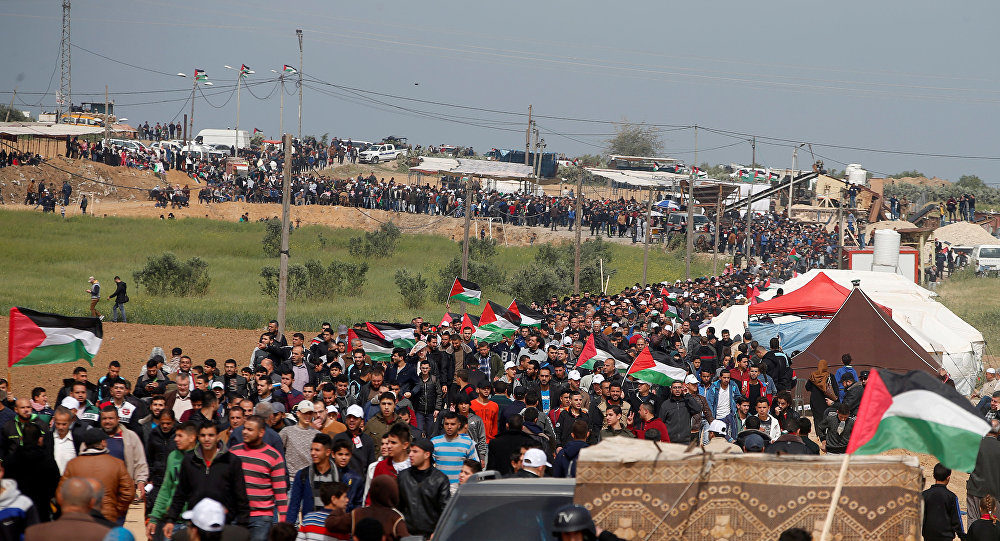
Supporters of Israel in the West -- including far too many Jewish communities -- are meanwhile preparing to celebrate seventy years since Israel's establishment. It's the responsibility of people of conscience to bring to the surface just what these people are celebrating. For those of us in the West, the history may not be flattering. But it's past time to force a reckoning with it.
Dan Freeman-Maloy is an activist and writer based in Montreal. He holds a PhD from the University of Exeter, completed through its European Centre for Palestine Studies, and can be contacted at dfm@notesonhypocrisy.com.
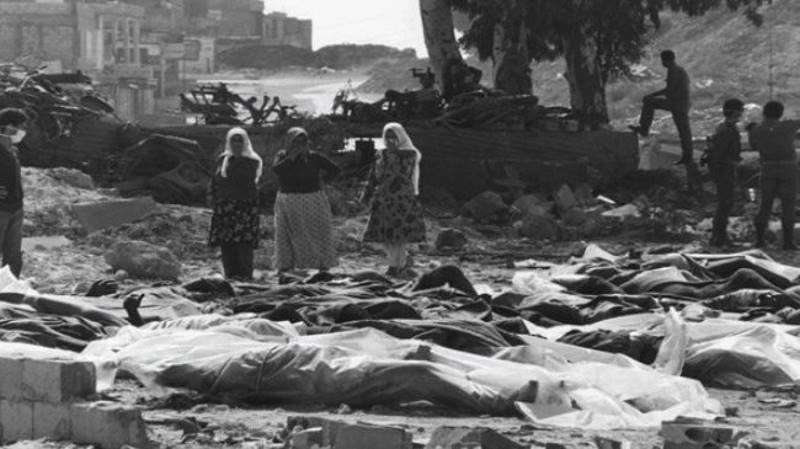
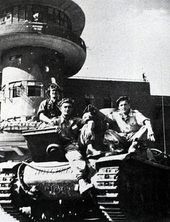

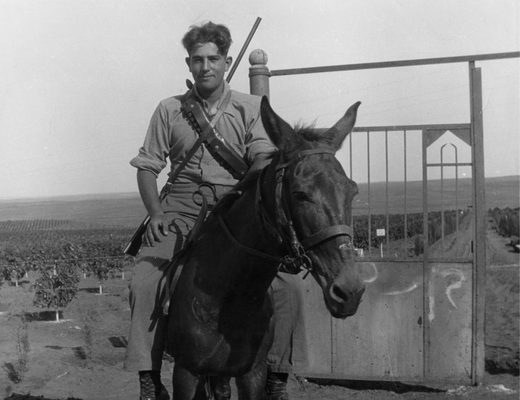



maybe Sott moderators could drum up a more open comments policy on this site if they are not to busy burying them.